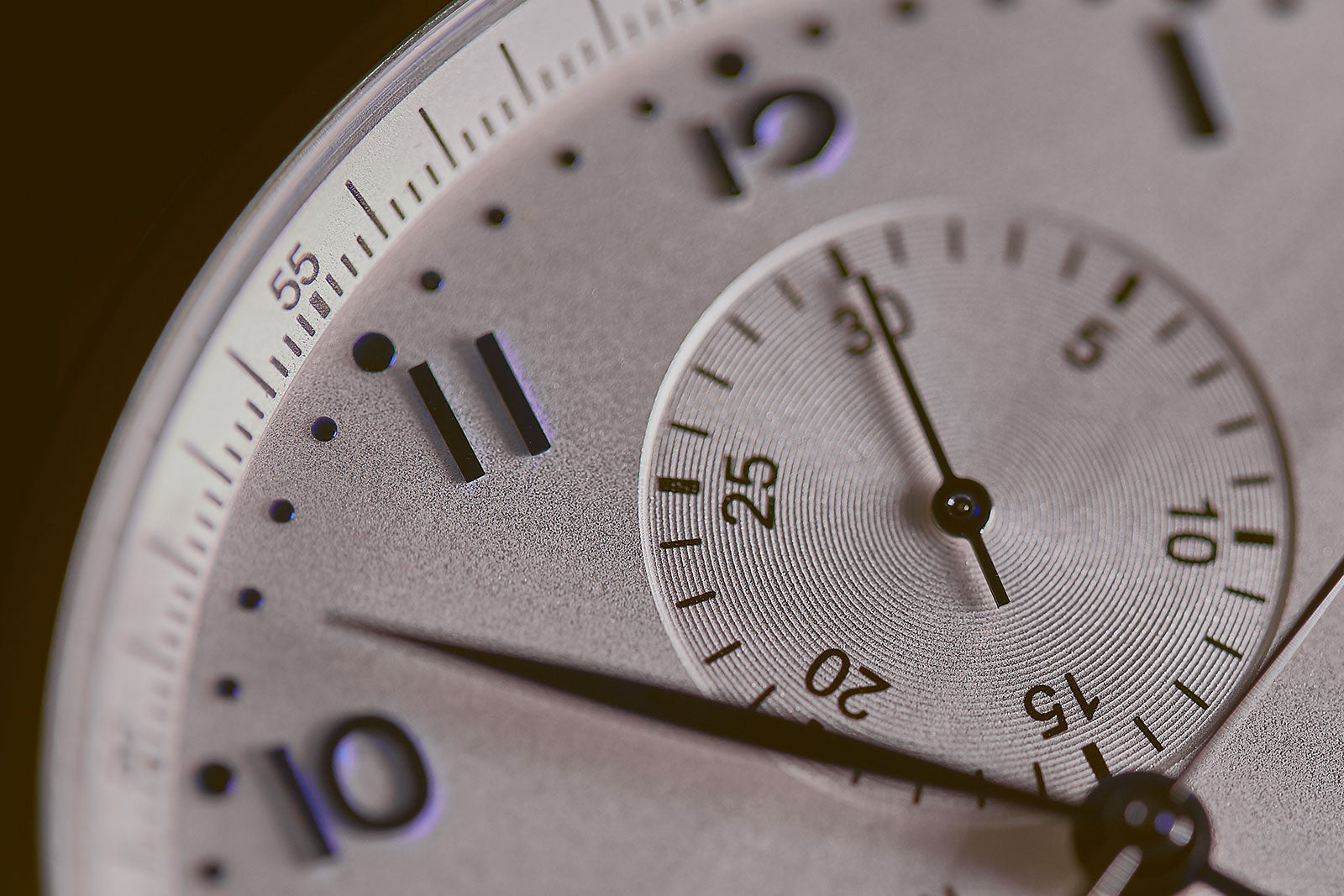Due to holiday closure, orders placed between December 22 - January 2 will not ship until January 5.
Due to holiday closure, orders placed between December 22 - January 2 will not ship until January 5.
Add description, images, menus and links to your mega menu
A column with no settings can be used as a spacer
Link to your collections, sales and even external links
Add up to five columns
Add description, images, menus and links to your mega menu
A column with no settings can be used as a spacer
Link to your collections, sales and even external links
Add up to five columns

How to Choose the Perfect Watch
May 15, 2019 4 min read
- Why do I need a watch?
- Is this watch for everyday use?
- Would I only wear it during special occasions?
- Is my life active, therefore should the watch be durable?
- What type of style do I have?
- What do I want my watch to say about me?
- What is my price range?
- How is the watch serviced?
WATCH STYLE

Analog
MOVEMENT TYPES
Mechanical
Mechanical watches are seen as art. They are complex and sophisticated, and do not require a battery. There are two types of mechanical watches, manual and automatic. Automatic uses a rotor, which is a device that transfers energy from movement, that in turn - powers the watch. The manual does not have a rotor, and is hand wound. The difference? Purely being preference.
Quartz
The quartz movement requires a battery as its primary power source. This battery sends an electric-current through a small quartz crystal which creates dial vibrations. These vibrations are what makes the dial move and drives the motor. The difference between quartz and mechanical movement is that quartz watch offers individual second 'ticks' versus the sweeping motion of the mechanical watch.
The most common and inexpensive type of watch movement to buy. A battery powered watch will last a good duration of time, should it be properly maintained and taken care of.

Mechanical-automatic
SIZE
Case Diameter
The watches case diameter is the entire diameter of the dial of the watch. This is also known as the 'face'.
Case Thickness
This is the thickness or depth of the watch face. The thickness is also dependent on the diameter & style of the piece. If the watch is 40mm in diameter, generally the thickness would sit around 8mm.


